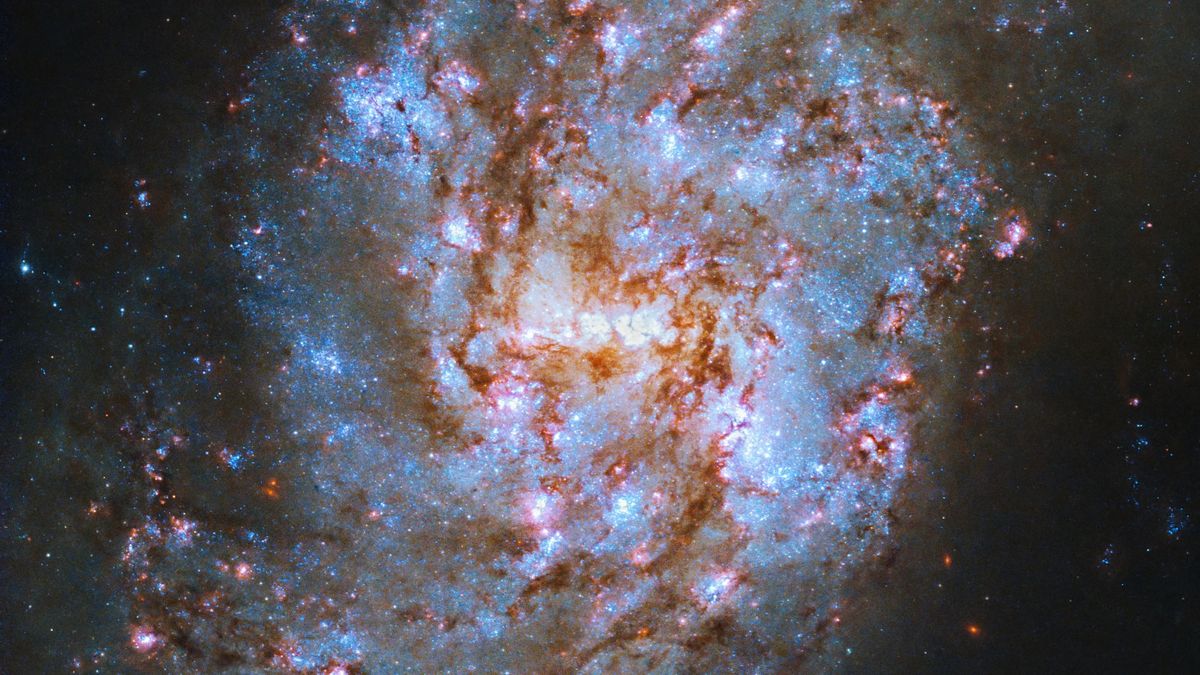Star-studded snake-like galaxy shines in gorgeous Hubble Telescope photo
By Sharmila Kuthunur published about 6 hours ago
NGC 612 is not as massive as the Milky Way, but it's impressive for several other reasons.

This Hubble Space Telescope image features the snake-like spiral galaxy NGC 1087, whose swirling arms host new and old stars. (Image credit: NASA's Hubble Space Telescope, ESA, R. Chandar (University of Toledo), and J. Lee (Space Telescope Science Institute); Processing: Gladys Kober (NASA/Catholic University of America))
A new Hubble Space Telescope image shines a spotlight on a faraway snake-like galaxy whose swirling arms feature new and old stars.
Light from this galaxy started its journey to Earth roughly 80 million years ago, long before the dinosaurs died out. The image, released as part of NASA's Hubble Galaxy Week from Oct. 2 to Oct. 7, features NGC 1087, a spiral galaxy residing in the constellation Cetus. This particular patch of sky is named after a mythical Greek sea monster and is home to the popular Aquarius and Pisces constellations.
The broken tendrils of red light indicate cold molecular gas, which is the raw ingredient from which new stars form and grow across eons. Comparatively, the blue regions host hot stars formed in the past. Astronomers think many of them are of a rare class of highly unstable stars called Wolf-Rayet.
Despite all the shine, the galaxy has just one known star that went supernova in August 1995, which is also when astronomers noticed a brief spike in the galaxy's brightness.
NGC 1087's most notable feature, however, is its bright-white starry bar at the center of its twisted trails of gas. Here, surprising hints of birthing stars make the galaxy an exciting object for astronomers to study. The bar itself is similar but much shorter compared to the central bar of our very own Milky Way.
More:
https://www.space.com/hubble-telescope-snake-like-galaxy-ngc-1087-photo
